Encompassing the scale of the Phyrexian invasion upon the Magic: The Gathering Multiverse are Planechase cards within the March of the Machine Precon Commander decks, featuring five new, four reprints, and one Phenomenon in each preconstructed deck.
Planechase cards in Magic were last printed in 2012. It was a casual format that often coincided with Commander gameplay. Planechase products included a preconstructed deck and featured a Planar deck, along with a unique die that synergized with regular Commander games and rules. The release of March of the Machine brings Planechase cards and mechanics back to Commander format, showcasing new and reprinted Planechase cards.
What is a Planechase?
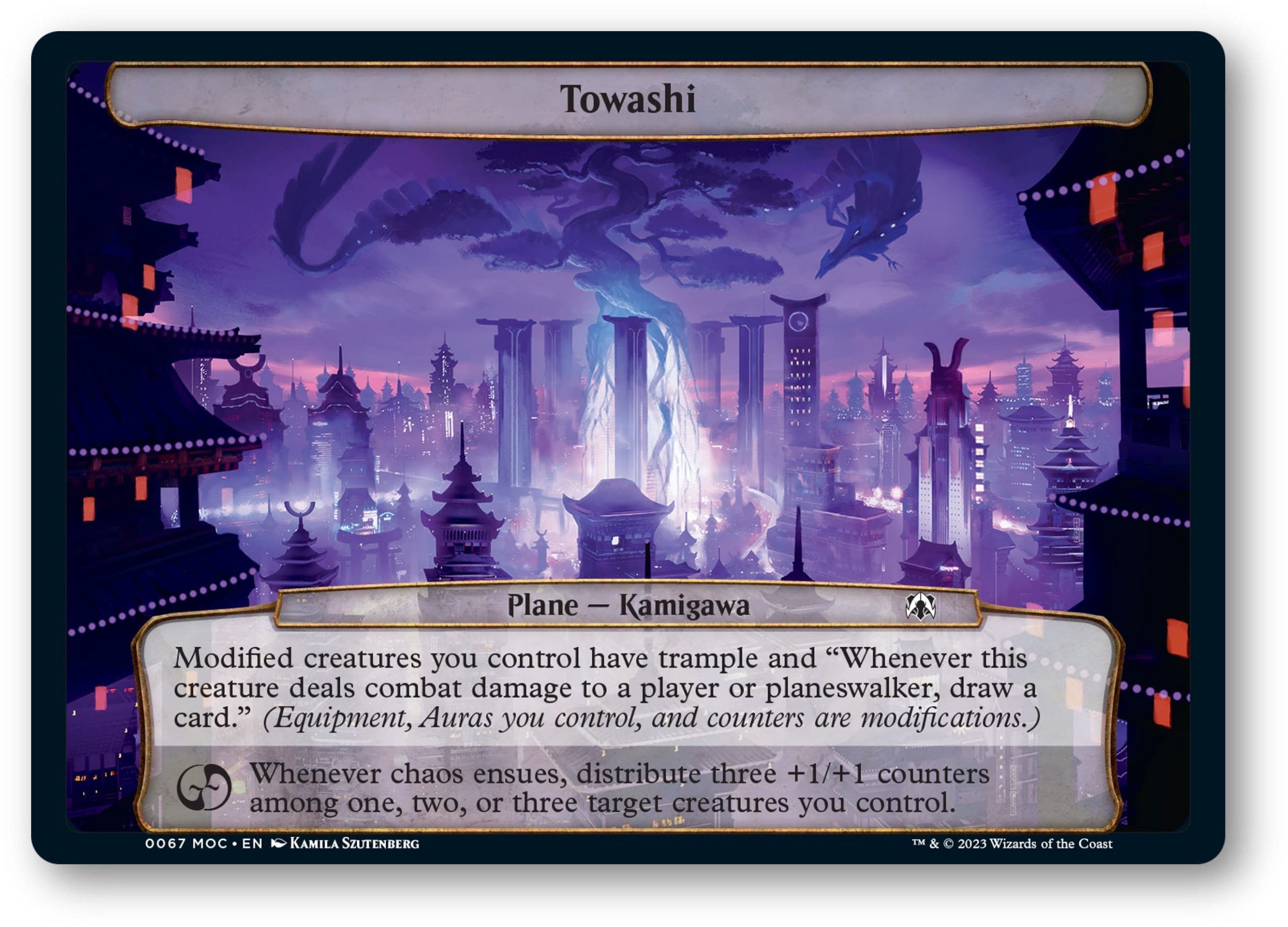
Planechase cards are oversized Magic cards that represent a plane within the Multiverse. Each Planechase card impacts everyone playing, similar to an Enchantment, according to game designer Gavin Verhey. In addition to the first ability, there is also a Chaos ability that’s triggered upon a player rolling a Planechase die and getting the Chaos symbol.
Switching to new planes around the Multiverse is the foundation of Planechase cards, as each card provides a specific ability centered around the plane it was showcasing, which doesn’t always benefit every Commander player during a game.
How Planechase cards work
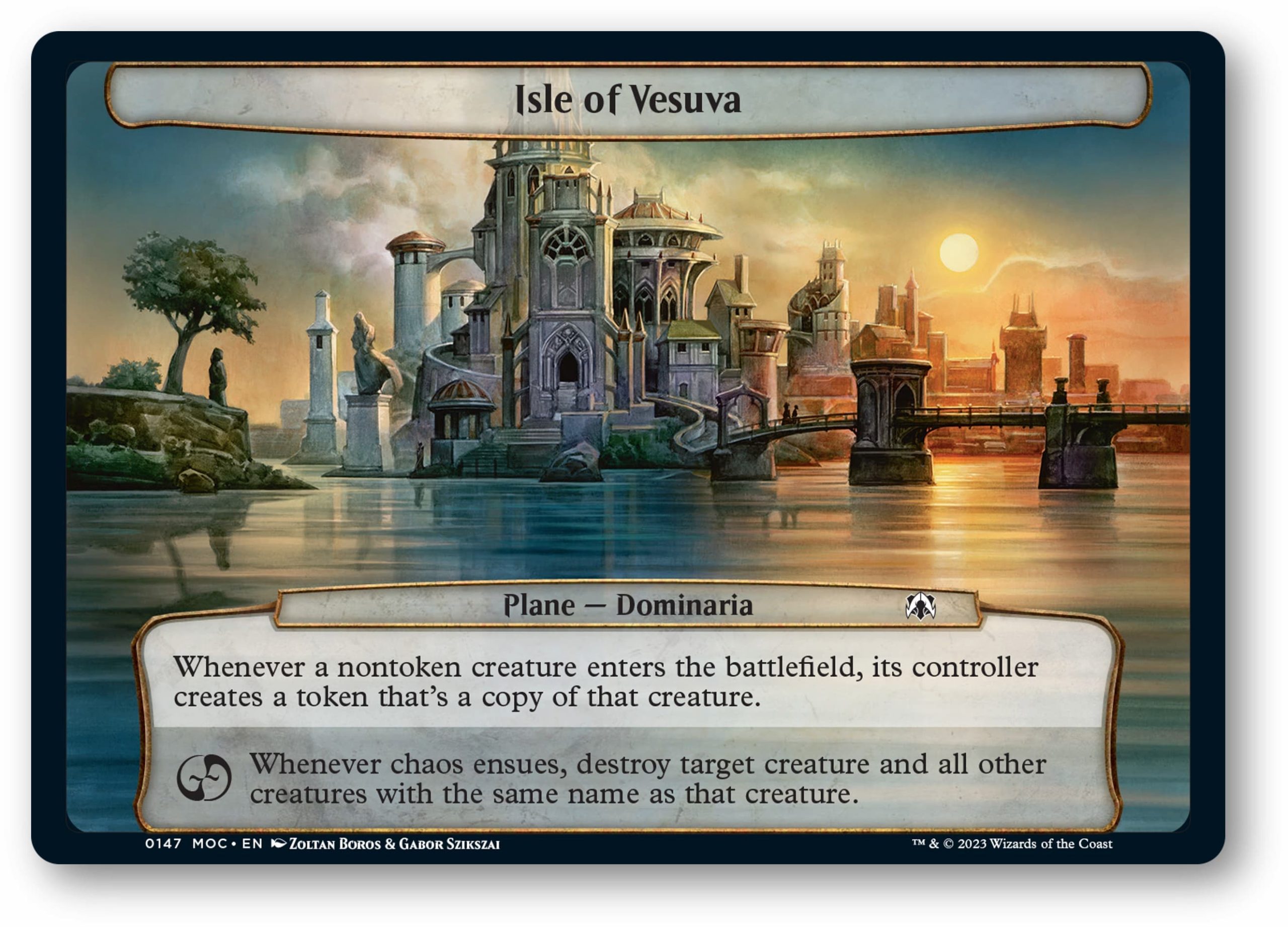
Upon sitting down to play a game, each player brings their own Planechase deck in conjunction with their Commander deck. Players can either use their own Planechase deck that they brought or shuffle everyone’s Planechase decks together to make one deck.
At the start of play, the first player to act reveals the first Planeschase card from the deck. Players can change the plane through planeswalking which requires a player to roll the Planar die. Four out of the six blocks on a Planar die are blank. Upon hitting a blank square, no action is taken.
On the other two squares of the die are a Planeswalker symbol and a Chaos symbol. A player may roll the Planar die on their turn at Sorcery speed. Rolling a Planeswalker symbol has the player put the next Planechase card from the deck into play while rolling a Chaos symbol results in the Chaos effect triggering.
The first Planar die roll from a player is free during their turn. Each additional Planar die roll during that same turn costs one additional mana. A third roll during the same turn, for example, would cost two mana
Phenomenon Planechase cards
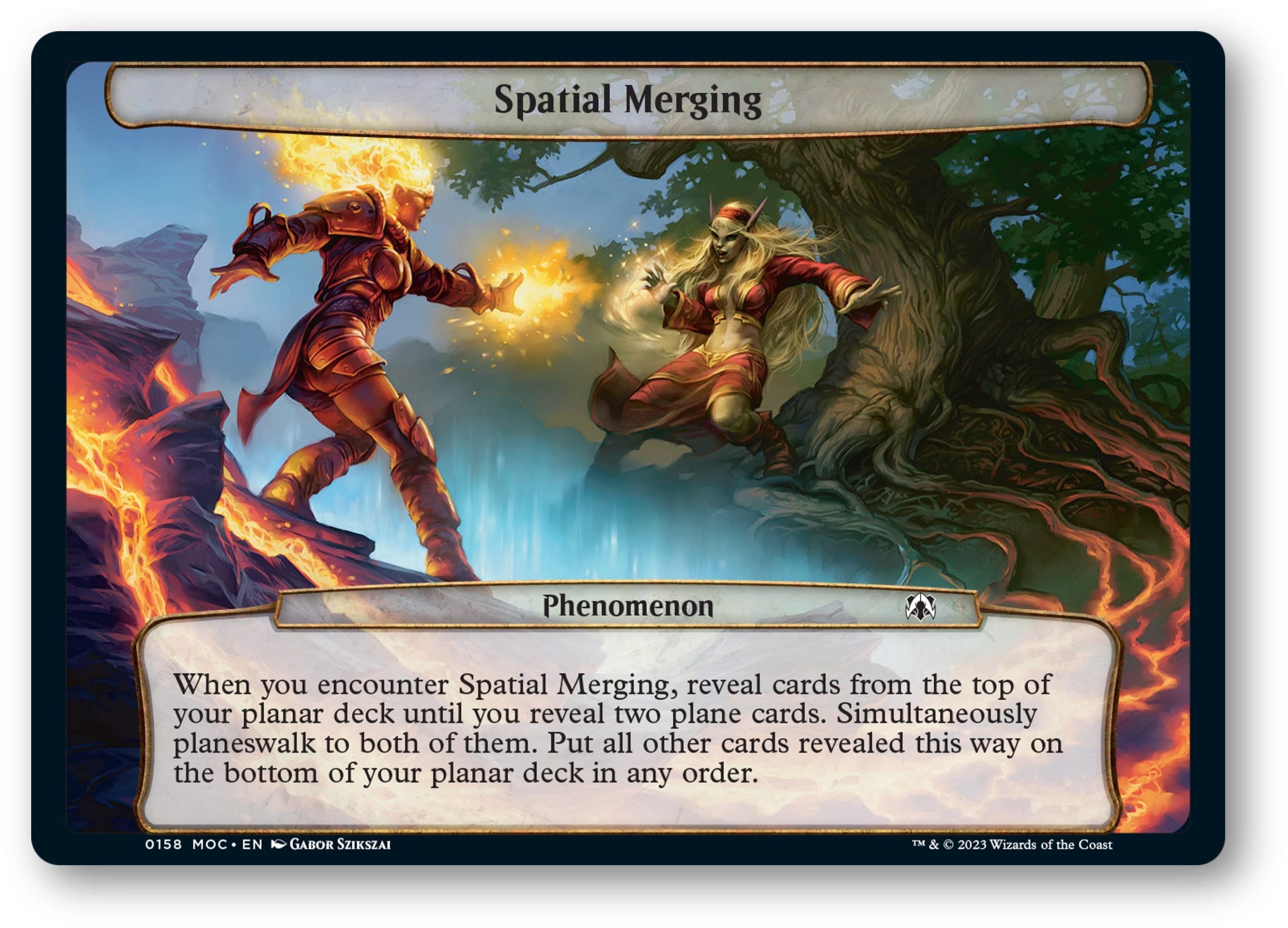
Included in Planechase decks are cards called Phenomenon. These cards act like a Sorcery spell, in which the effect is triggered and players will move onto the next MTG plane. Phenomenon cards can’t be the first Planechase card drawn to start a game.
Commander Precon March of the Machine Planechase
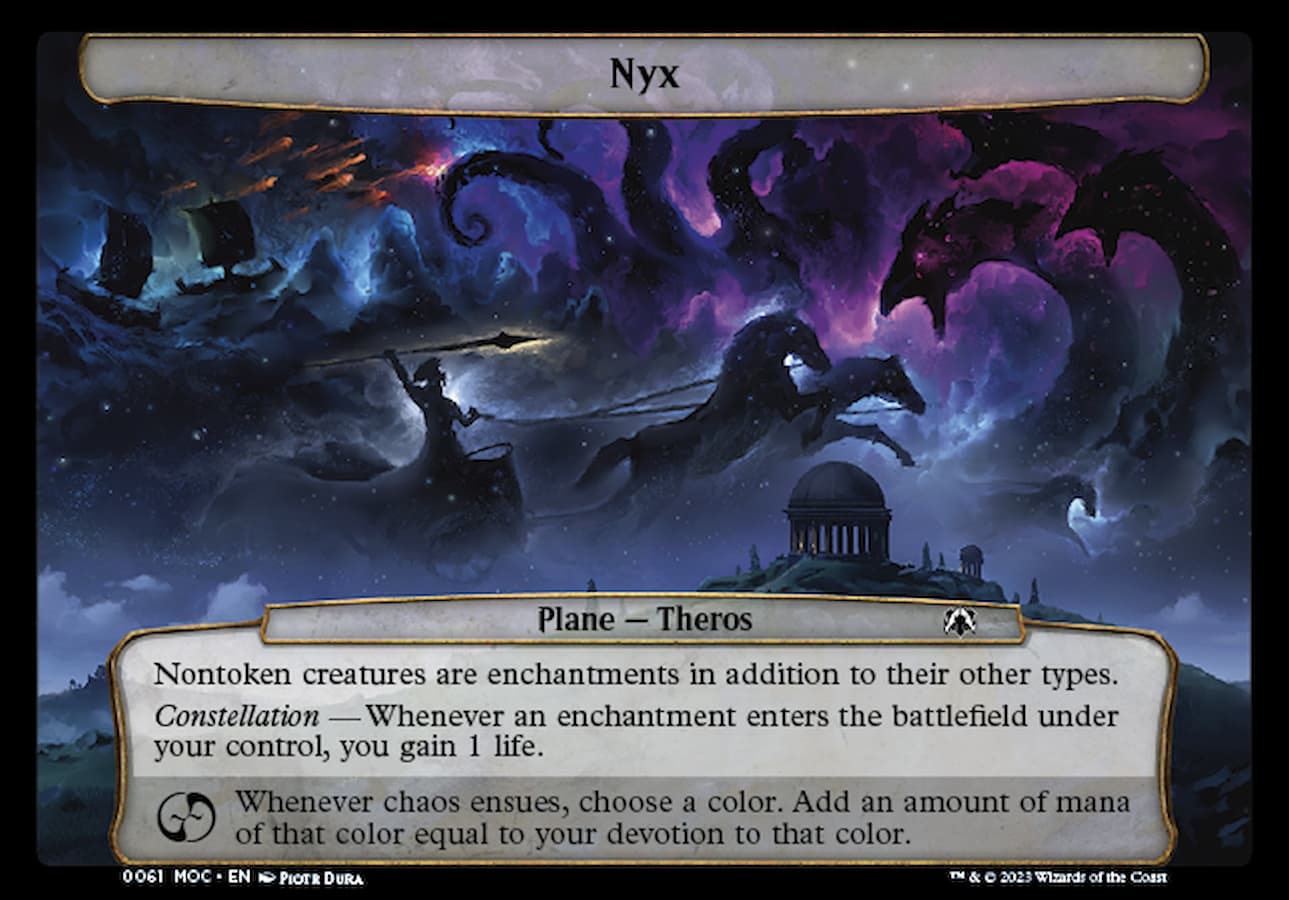
There are five preconstructed Commander decks attached to the MOM release. Each Precon contains four reprinted Planechase cards, five new ones, and one Phenomenon card.
- Call For Backup (WGR) +1/+1 counters deck
- Cavalry Charge (WUB) Knights deck
- Divine Convocation (WRU) Convoke deck
- Growing Threat (WB) Phyrexian deck
- Tinker Time (GUR) Artifact tokens deck
Included in each Commander deck is a Planar die as well. All Planechase MTG cards in the March of the Machine Commander Precons will have synergies with the overall theme of the deck.


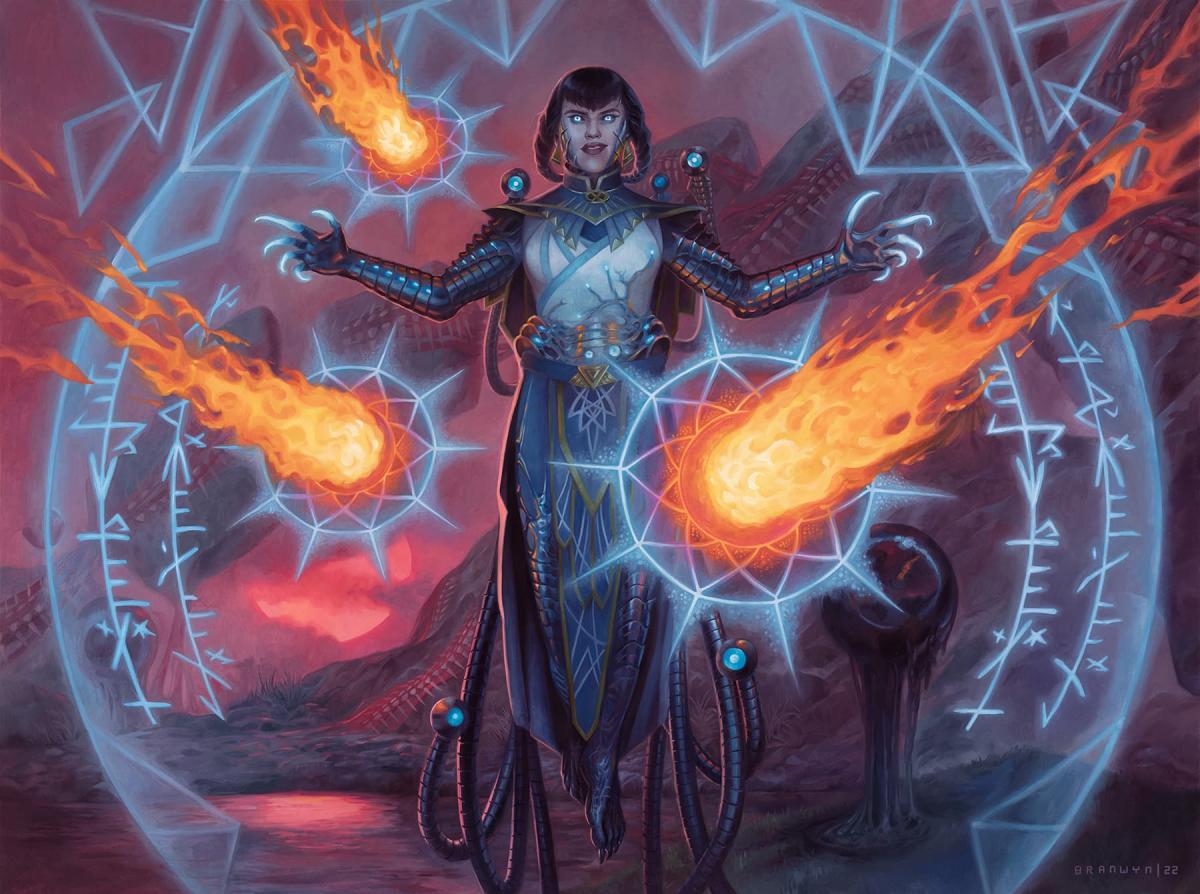
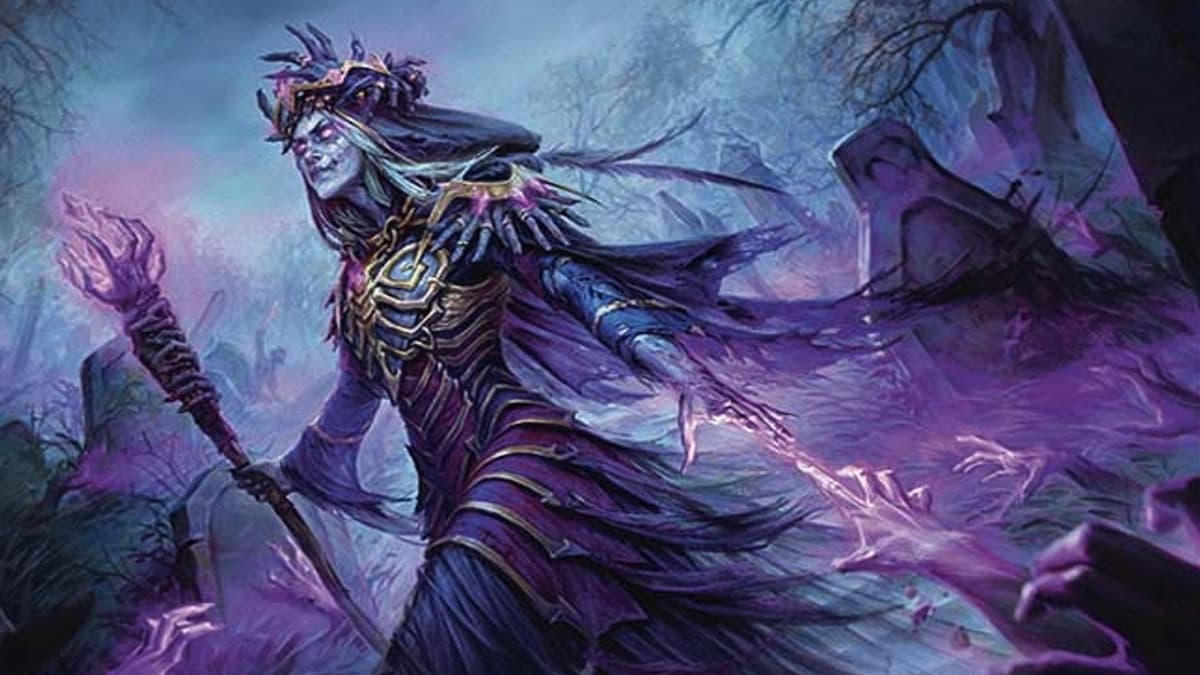
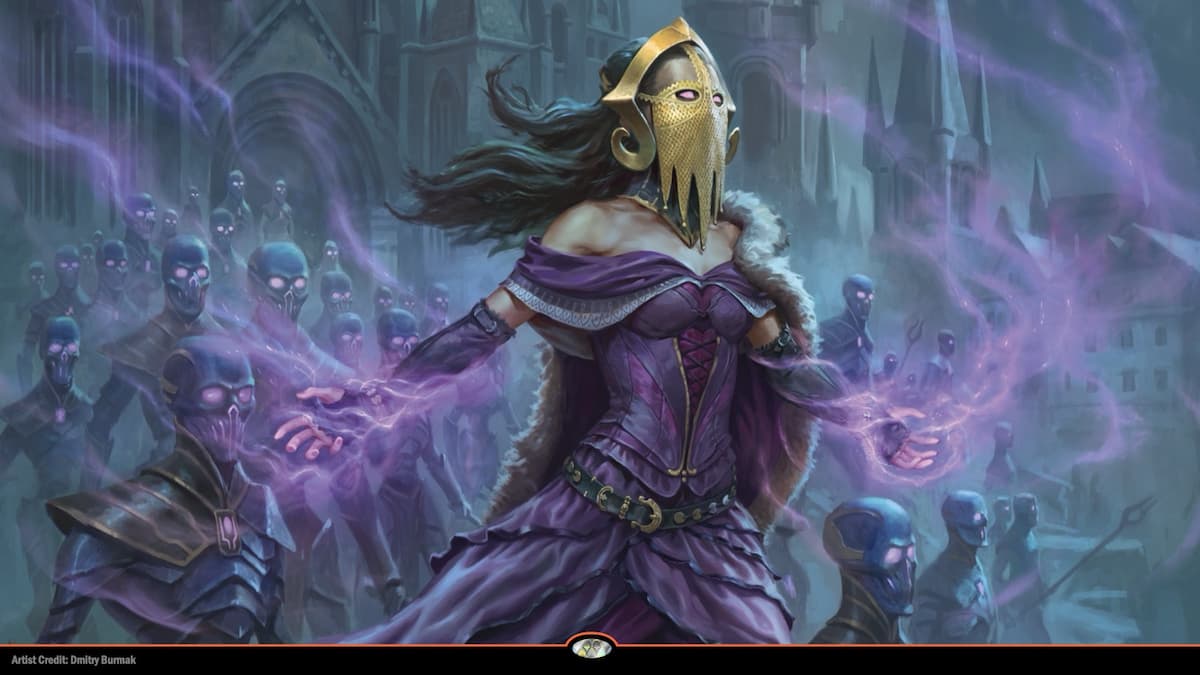
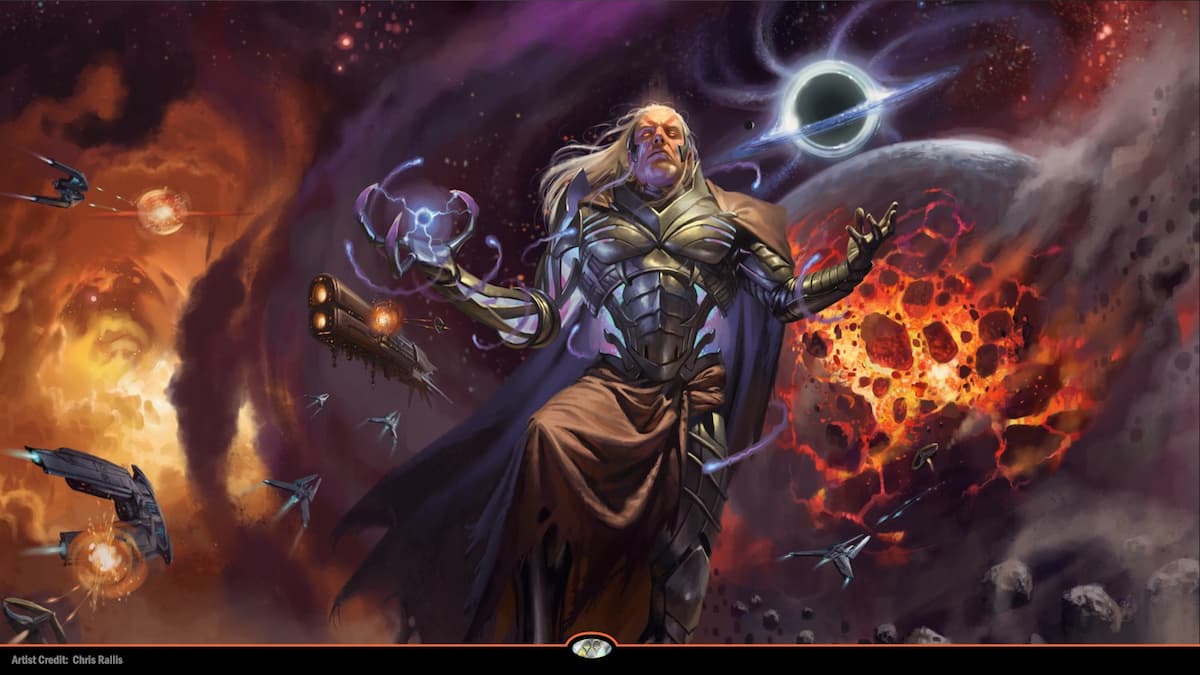

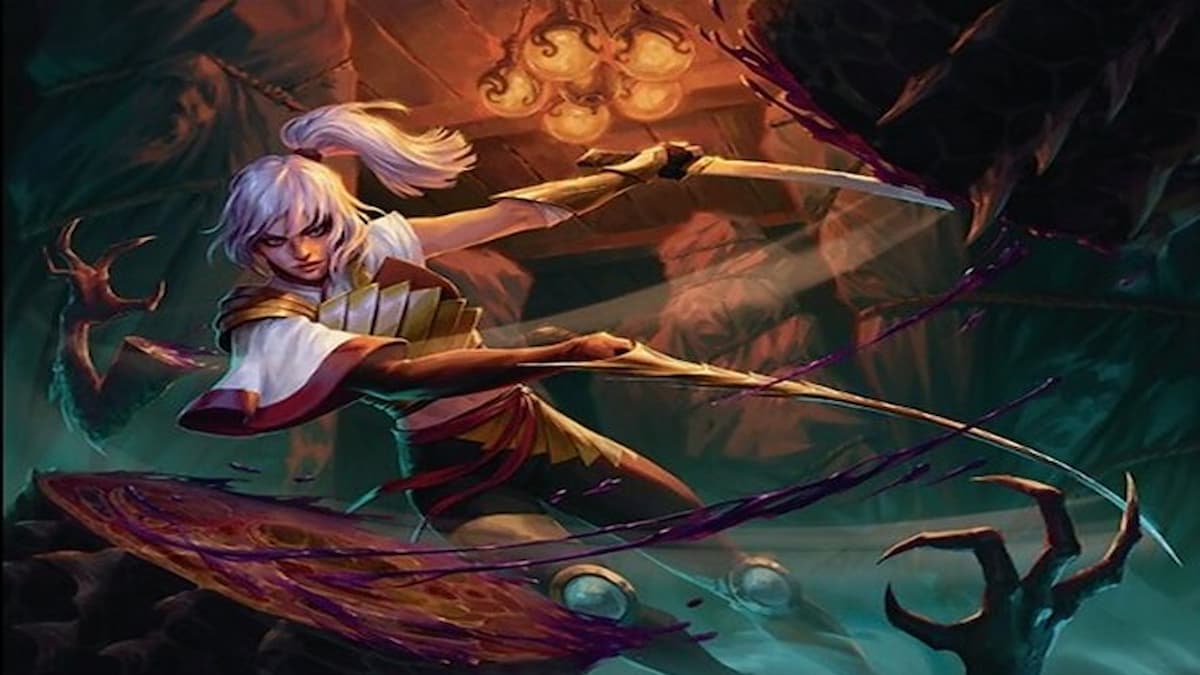
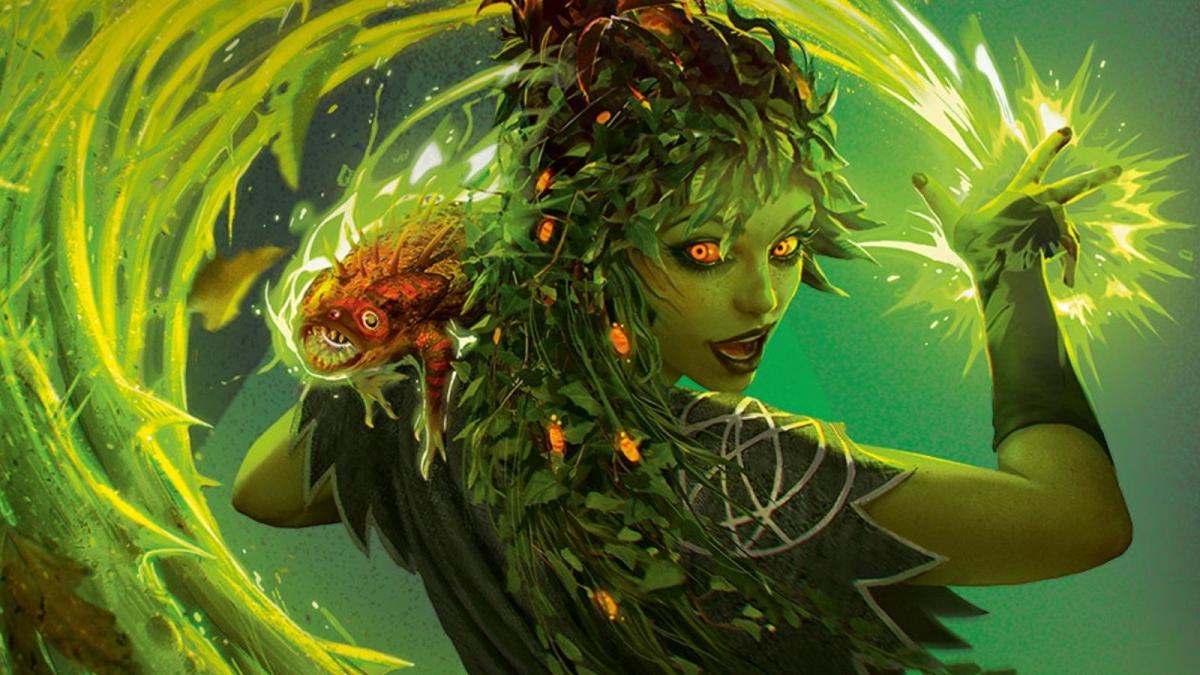
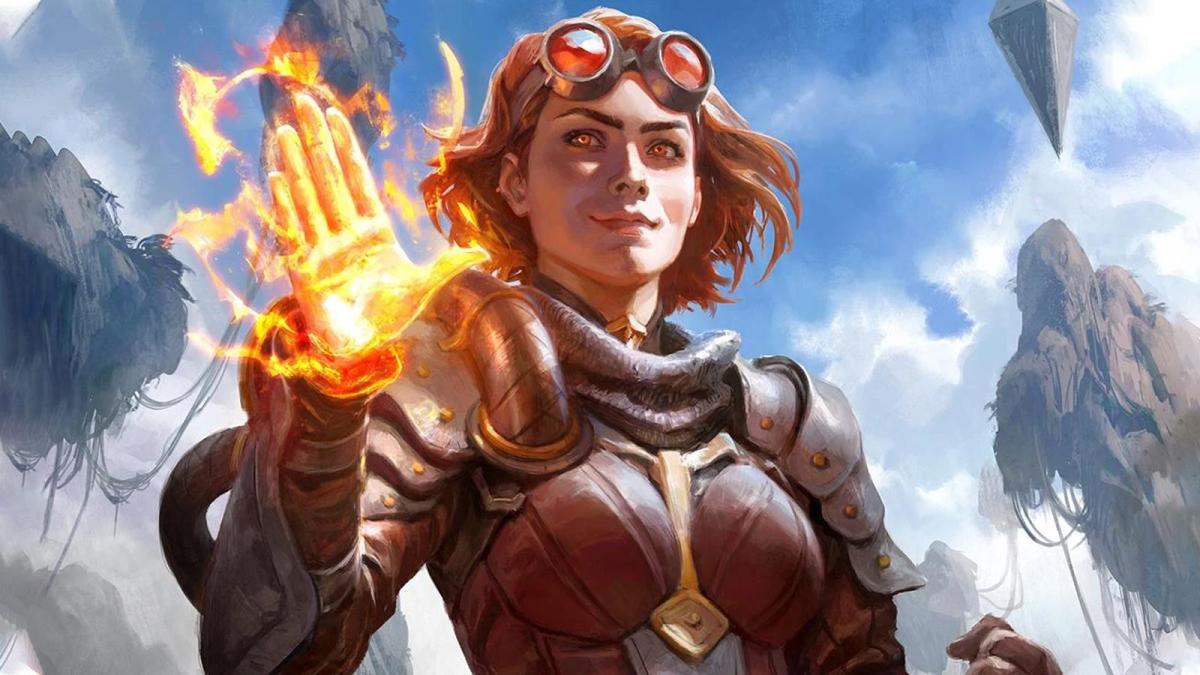
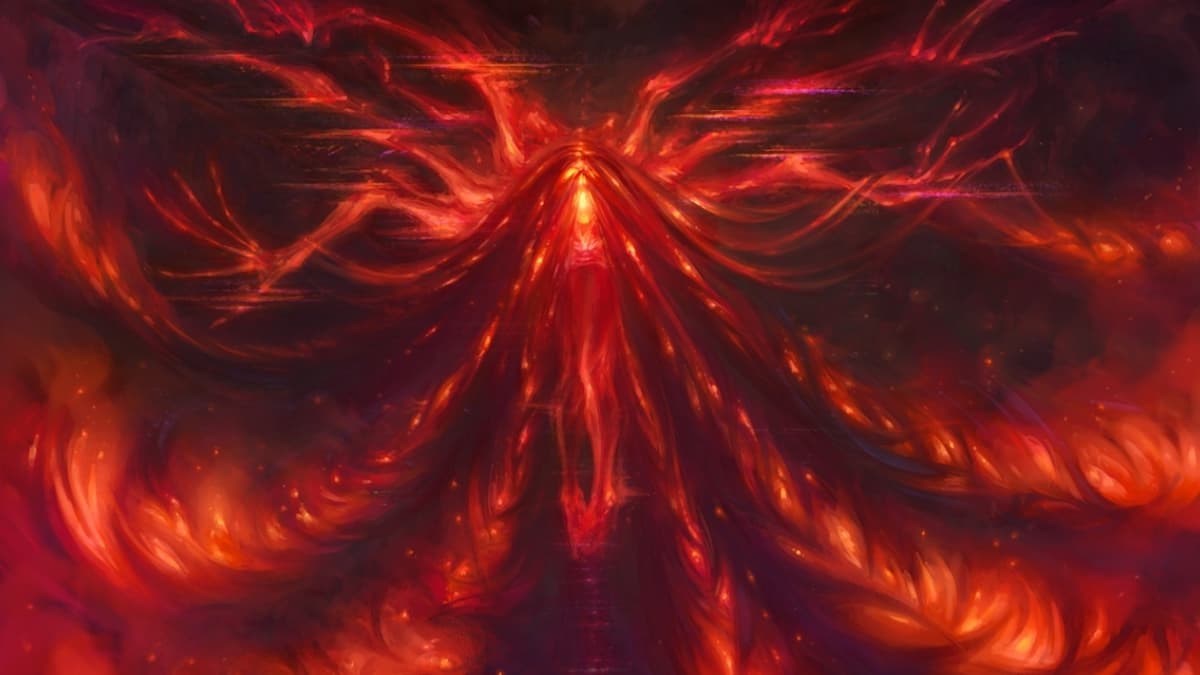


Published: Apr 4, 2023 10:47 am